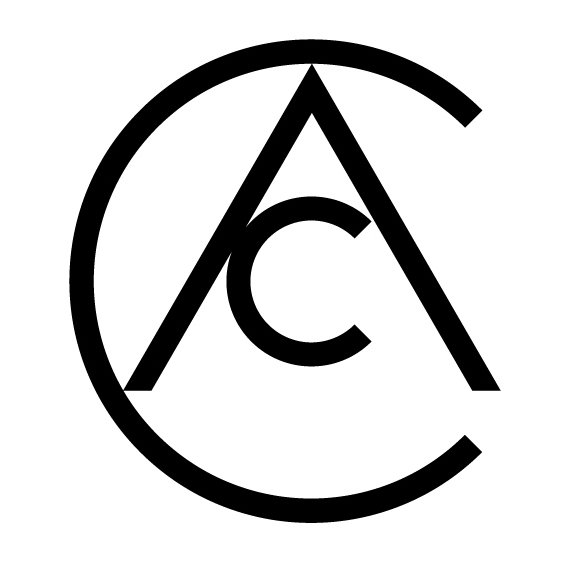How did your experience as an actor, particularly your time at Shakespeare's Globe and Broadway, influence your approach to sculpting?
As an actor I was always interested in the inner world of the characters I played. My Swan Song was playing Malvolio in Twelfth Night, again on Broadway in 2014. I worked very hard to ‘get into his shoes’ and felt, most of all, his vulnerability whilst he presented such a stern image to the world. So many characters I played were dealing with Loss, Separation and Attachment. All this influenced my work as a sculptor. All the World’s a Stage and the figures that have emerged over the years have all come with their stories. They do not need a Theatrical Stage as such but certainly exist in the invisible contexts of their lives. They ask to be seen like an actor.




















